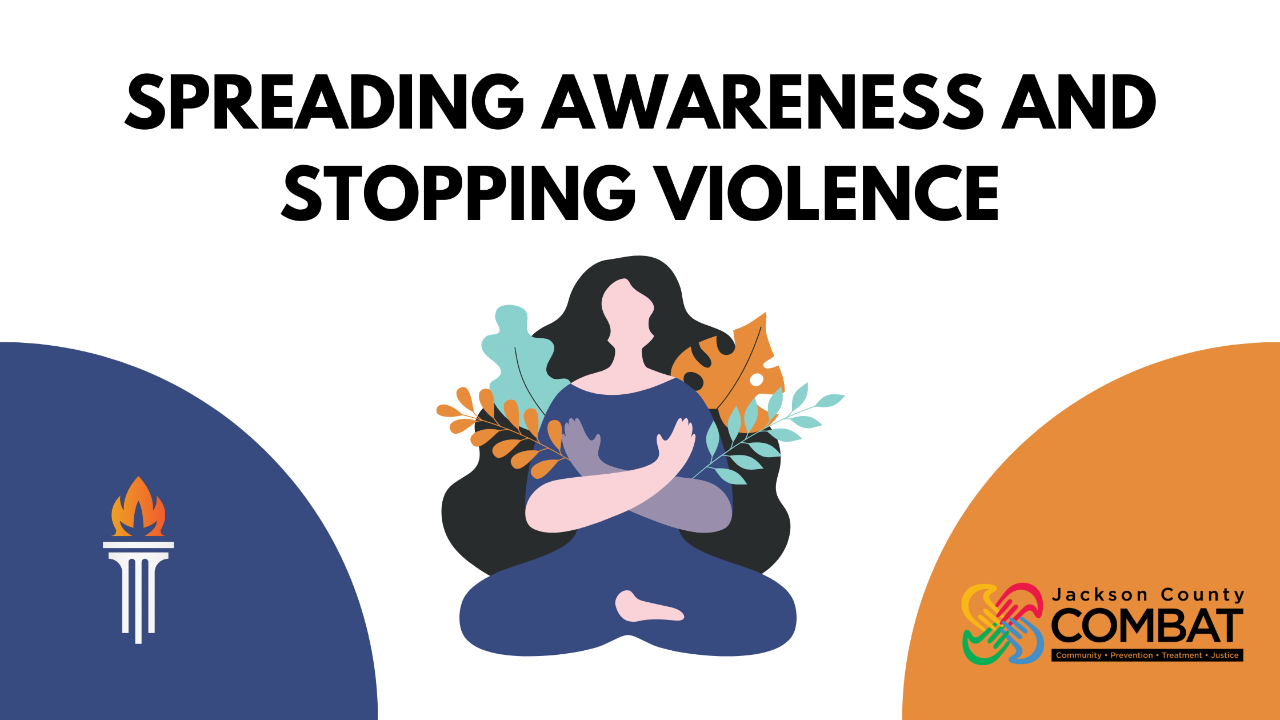Spreading Awareness and Stopping Violence
Dec 13, 2022
Who Can Be Affected By Violence?
Everyone can be affected by violence, there are unfortunately many different forms of violence, including domestic violence, intimate partner violence, physical violence, cultural violence, medical violence, etc. According to the CDC “violence impacts all people in the United States, but some individuals and communities experience inequities in risk for violence due to the social and structural conditions in which they live, work, and play. Youth from groups that have been marginalized, such as sexual, gender, and racial minority youth, are at greater risk of experiencing sexual and physical dating violence.”
1 in 4 women has experienced sexual violence, physical violence, or stalking during their lifetime. Women experience sexual violence at disproportionate rates, and according to the World Health Organization, “over a quarter of women aged 15-49 years who have been in a relationship have been subjected to physical and/or sexual violence”.
LGBTQ+ people have experienced harm from anti-LGBTQ+ views and hate crimes including threats, verbal abuse, vandalism, laws targeting LGBTQ+ people, and discrimination from health care systems. These unjust practices harm LGBTQ+ people by way of housing and job discrimination, and children being removed from their parents’ care.
Racial minorities also experience many different types of violence in our communities. Systemic racism results in conditions that unfairly disadvantage people based on the way they look or the color of their skin. This has created inequities in access to housing, education, wealth, and employment. These conditions are key drivers of health inequities within communities of color. Another inequity created by this is the fact that "Black, American Indian and Alaskan Native, and Hispanic or Latino persons experience higher homicide rates than other racial or ethnic demographic groups."
Violence is a leading cause of death and nonfatal injuries among adolescents and young adults, and are disproportionately impacted by violence in their communities,including firearm injuries and deaths.Youth and young adults can be victims, perpetrators, or witnesses of violence. Youth who have been exposed to violence, are more likely to have short-term and chronic physical and mental health conditions and behavioral difficulties.
What Can You Do To Help Prevent Violence?
Violence is preventable. There are many things families, organizations, schools, and individuals can do to prevent and bring awareness to violence in their communities.
Parents Can:
- Promote healthy, respectful, and nonviolent relationships to their children
- Teach healthy coping and emotional regulation skills
- Create a safe and stable home environment
- Reach out to local programs to learn effective parenting practices
- Connect your child with caring adults, activities, and mental health services
Schools Can:
- Create a safe school environment
- Connect students to health and mental health services
- Build strong bonds between staff and students to improve connectedness to school
- Offer mentoring and/or after school programs
Communities Can:
- Make teen mentoring, apprenticeship, and leadership programs more available.
- Collaborate with health departments and other partners to promote healthy and safe neighborhoods.
- Make use of effective social and economic policies that reduce violence.
You Can:
- Improve your awareness, be more present and patient with people and do your best to spread kindness
- Make healthy choices.
- Be a leader and voice for change
- Promote respect and empathy with family, friends, and peers
Resources For Those Affected By Violence
National Domestic Violence Hotline: 800-799-7233
National Sexual Assult Hotline: 1-800-656-4673
Sandy Hook Promise For Gun Violence Survivors
LGBT Violence Hotline: 1-800-799-7233 OR text ‘START’ to 88788
Sources:

